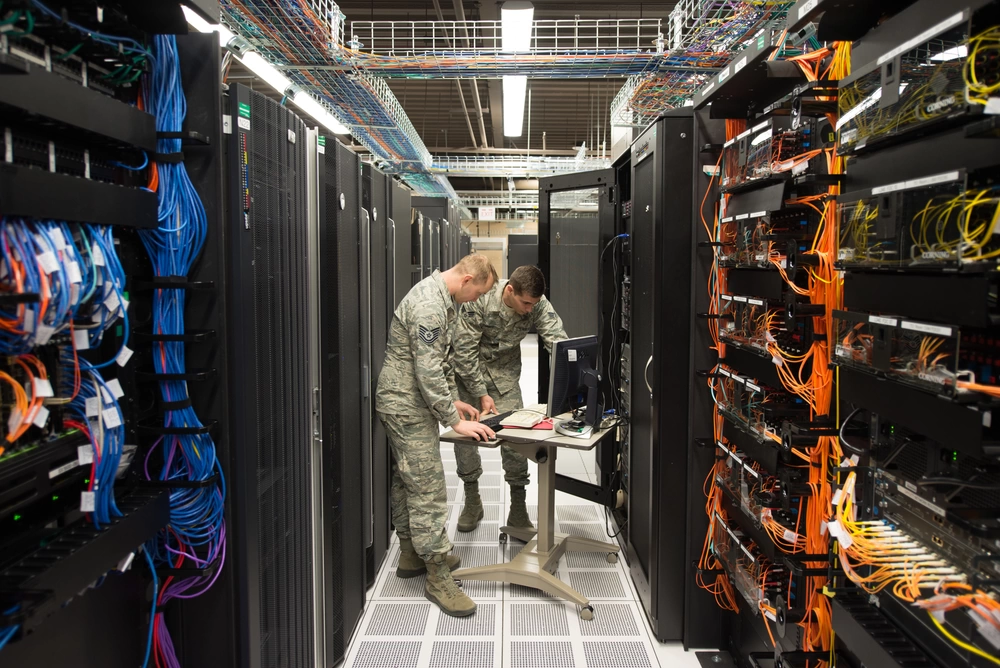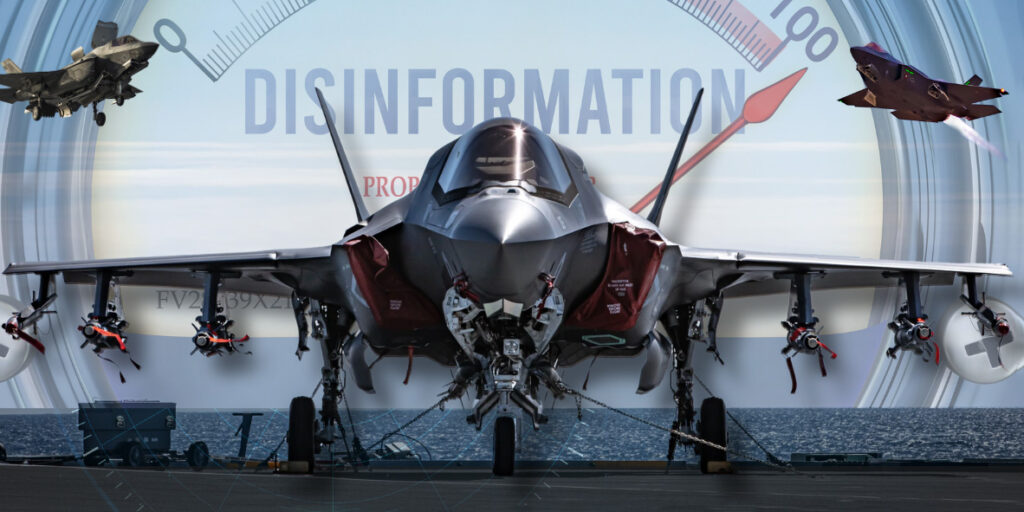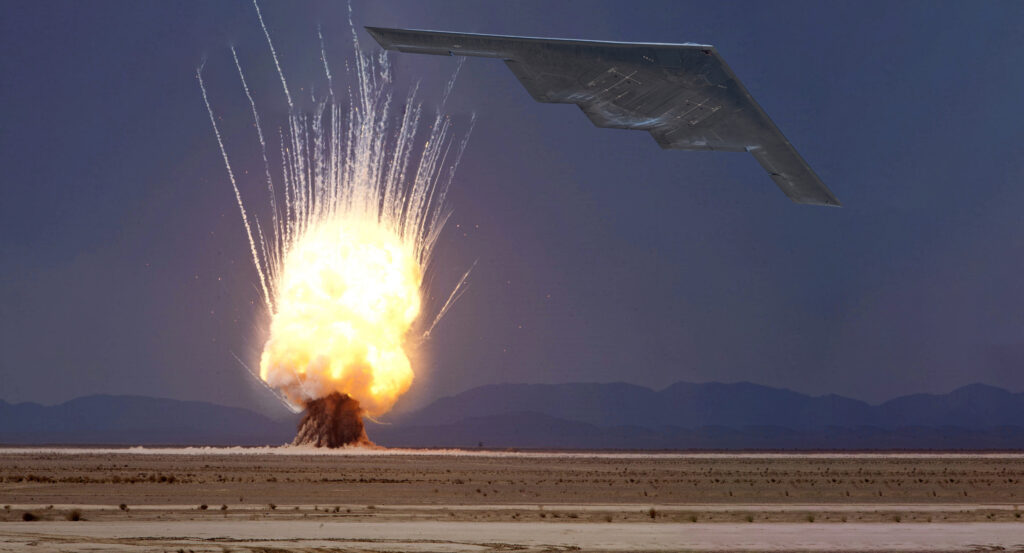The Army’s Special Forces are evolving to fight adversaries in the space and cyber domains
- By Steve Balestrieri
Share This Article

Warfare is expanding into the space and cyber domains and the entire U.S. military must adapt and evolve as a result, this includes the Army’s Special Operations Forces which are entering a new period of evolution and are looking to expand into the space and cyber domains.
In late July, Commander of the Army’s Special Operations Command (USASOC) Lieutenant General Jonathan Braga, said in an interview that the command was looking at its growing partnership with both cyber and space commands.
“How we’re organized was optimized for counter-terrorism, and we recognize that a lot of that has to change to be ready for large-scale combat operations,” Braga said. “I cannot imagine a future state of warfare that does not have more drone technology and an application of AI.”
Braga said that the SOF’s original irregular warfare triad of air, water, and land is now being evolved to include space and cyber.
LTG Daniel Karbler of Space and Missile Defense Command described the triad of space, cyber, and special operations as “simply taking what our capabilities are and applying them in a combined arms model.” “[This is] no different than bringing together maneuver, fires, aviation, he added.”
For the Army’s Green Berets, this change means returning to their unconventional warfare roots after more than 20 years of emphasis on counterterrorism during the Global War on Terror (GWOT). But it also means that their structure might change.
Related: The small Special Forces base in al-Tanf, Syria has large implications for regional security
New structures for new environments

Since the birth of Special Forces in 1952, their basic operating element has been the 12-man ODA (Operational Detachment Alpha) or A-Team.
Today, that same organization, that unit of action has to operate in land, sea, and air, cyber and space, and the information environment and do all the things they were doing previously,” Braga said.
“So can you ask those same people to do all of those same things?… Those are the things I think we have to really take a hard look at,” the general added.
For that reason, USASOC is considering adding another 18-series (Special Forces) Military Occupational Specialty (MOS) for a dedicated warrant officer who would function as a “drone operator, drone integrator, drone builder, robotics, manned-unmanned teaming, leveraging artificial intelligence, coding, tactical cyber.” This would entail Army approval, and that operator would have to go through the Special Forces Selection and Assessment pipeline.
After two decades of emphasizing counterterrorism, the special operators of SOCOM and USASOC could have been behind our adversaries in adapting and evolving for future domains, but are now refocusing quickly.
U.S. Special Operations Command (SOCOM) commander General Richard Clarke mentioned that “new tools and new technologies have given adversaries new avenues to compete. In the past, this competition played out on land, sea, and air. Now it is contested in the cyber world and space, extending the battlefield to infinity and beyond. And it is going to be contested in the information space as well.”
The ability to adapt to complex and difficult challenges is the hallmark of Special Operations Forces.
Steve Balestrieri is a proven military analyst. He served as a US Army Special Forces NCO and Warrant Officer in the 7th Special Forces Group. In addition to writing for Sandboxx.com, he has written for 19fortyfive.com and SOFREP.com; he has covered the NFL for PatsFans.com for over 11 years. His work was regularly featured in the Millbury-Sutton Chronicle and Grafton News newspapers in Massachusetts.
Feature Image: Promotional photo from SOFWERX’s Cyber Capability Expo on Oct. 19, 2017. The expo sought to identify novel, new and provocative cyber technologies to meet current and future special operations forces requirements. (U.S. Air Force photo by Master Sgt. Barry Loo)
Read more from Sandboxx News
Related Posts
Sandboxx News Merch
-

‘AirPower’ Classic Hoodie
$46.00 – $48.00 Select options This product has multiple variants. The options may be chosen on the product page -

‘Sandboxx News’ Trucker Cap
$27.00 Select options This product has multiple variants. The options may be chosen on the product page -

‘Sandboxx News’ Dad Hat
$27.00 Select options This product has multiple variants. The options may be chosen on the product page
Steve Balestrieri
Related to: Breaking News, Military Affairs, Special Operations

The A-12 Avenger II would’ve been America’s first real ‘stealth fighter’

Why media coverage of the F-35 repeatedly misses the mark

It took more than stealth to make the F-117 Nighthawk a combat legend

B-2 strikes in Yemen were a 30,000-pound warning to Iran
Sandboxx News
-

‘Sandboxx News’ Trucker Cap
$27.00 Select options This product has multiple variants. The options may be chosen on the product page -

‘AirPower’ Classic Hoodie
$46.00 – $48.00 Select options This product has multiple variants. The options may be chosen on the product page -

‘AirPower’ Golf Rope Hat
$31.00 Select options This product has multiple variants. The options may be chosen on the product page -

‘Sandboxx News’ Dad Hat
$27.00 Select options This product has multiple variants. The options may be chosen on the product page
